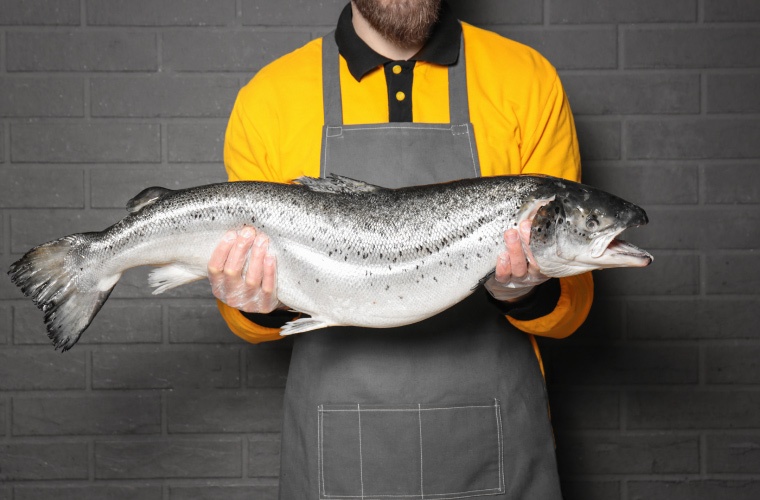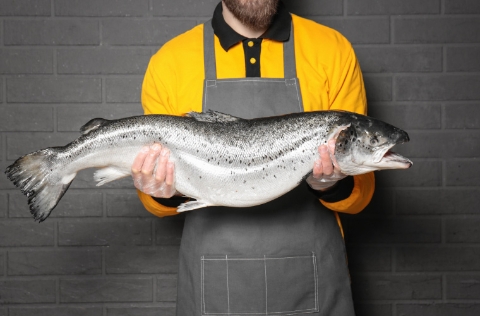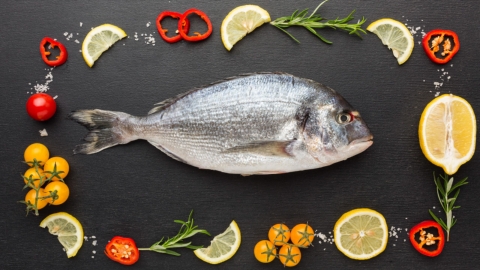
A decade’s worth of data from commercial salmon farms in Norway has confirmed that investment in nutrition is key to achieving more efficient, predictable, and sustainable aquaculture.
A large-scale analysis of commercial salmon production in Norway has shown that increasing the levels of Omega-3 fatty acids EPA and DHA in fish diets leads to significant improvements in survival rates, feed performance, and final product quality-carried out by independent firm Manolin Inc. in collaboration with Veramaris-offers compelling real-world data supporting the economic and biological benefits of enhanced nutrition.
The study processed data spanning ten years, covering 166 farms, 430 million fihs, and nine production regions across Norway. The findings reveal that salmon fed with diets rich in EPA and DHA-exceeding 9% of total fatty acids-showed 8% lower mortality rates, along with a 50% improvement in outcome predictability.
The benefits extended to feed conversion as well, with a 13% improvement in economic feed conversion ratio (eFCR) and a 27% increase in predictability. Additionally, the proportion of premium-grade fillets rose by 2%, accompanied by a 29% gain in consistency.
These advantages were not limited to the farm stage. During processing, fillets from salmon raised on EPA-and DHA-rich diets exhibited 7% less melanosis, with a 36% improvement in predictability, and 40% fewer blood spots, with a 7% gain in consistency.
“Big data analysis shows that EPA and DHA levels act as genuine levers that tip the odds in flavor of fish health and feed efficiency,” the authors of the study noted. “Investing in nutrition protects value across the entire chain-from farm to fork.”
In addition to the technical benefits, the study highlights improved operational stability and a more reliable business model.
“Feeding salmon diets rich in EPA and DHA ticks all the boxes: better survival, improved feed efficiency, higher quality, and less waste overall,” explained Yann Le Gal, Global Business Development Manager at Veramaris. “It ensures animal health while boosting the sustainability of aquaculture as a dependable food system.”
The study’s innovative methodology also proved critical. Rather than comparing entire generations, researchers grouped fish populations by similar conditions-such as treatments, environment, or smolt size.
“Our approach, inspired by medical data science, delivers sharper insights,” said Tony Chen, CEO of Manolin. “It allows us to identify patterns with far greater confidence.”
The dataset used in this study is twice the size of those in previous research, reinforcing existing evidence around the positive effects of EPA and DHA in salmon diets. According to the study’s backers, these findings can guide feed producers, fish farmers, processors, importers, retailers, and food service operators in fine-tuning their nutritional specs to improve profitability.



